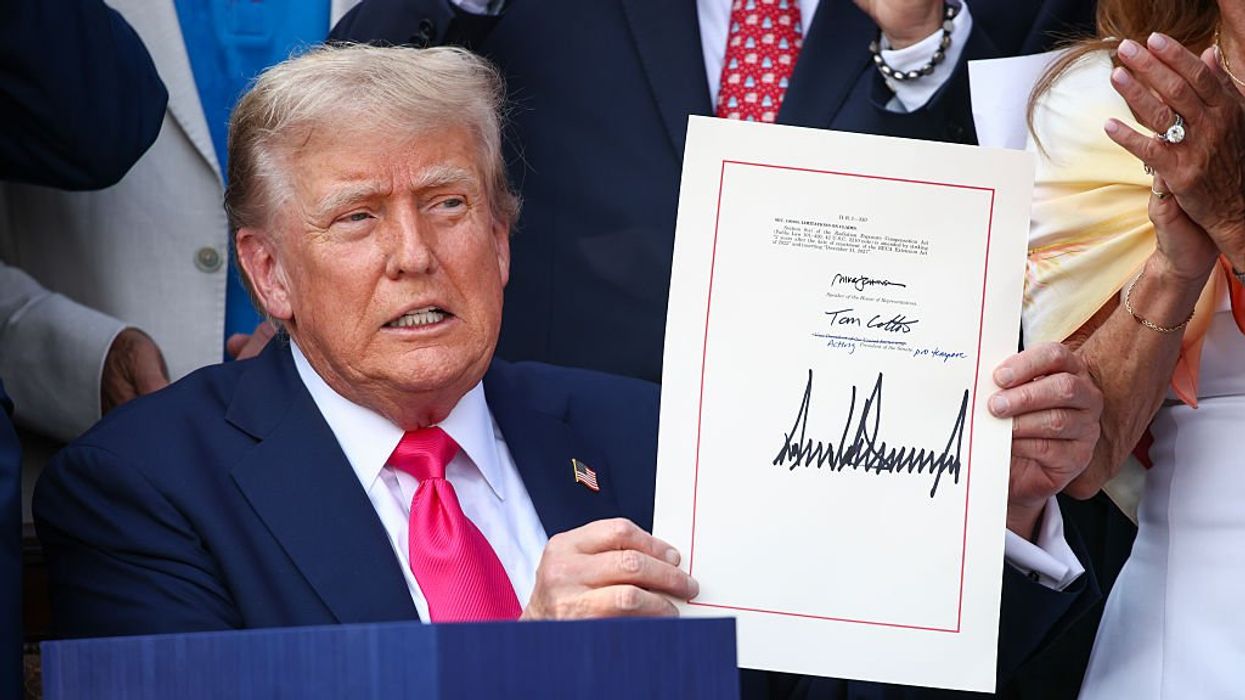The Fulcrum strives to approach news stories with an open mind and skepticism, striving to present our readers with a broad spectrum of viewpoints through diligent research and critical thinking. As best we can, remove personal bias from our reporting and seek a variety of perspectives in both our news gathering and selection of opinion pieces. However, before our readers can analyze varying viewpoints, they must have the facts.
What changes have occurred in 2025 as of June 9th in tariffs imposed on Canada by the United States and imposed on the United States by Canada?
- U.S. Tariffs on Canadian Imports: The U.S. imposed 25% tariffs on Canadian products starting March 4, 2025, followed by 10% tariffs on Canadian energy resources and critical minerals on March 7, 2025. While exemptions were granted for products compliant with the CUSMA trade agreement, steel and aluminum were excluded from these exemptions. Additionally, 25% tariffs were placed on auto imports from Canada on April 5, 2025, with reciprocal tariffs on U.S. imports implemented the same day.
- Canada’s Retaliatory Tariffs on U.S. Imports: In response, Canada imposed 25% retaliatory tariffs on U.S. steel, aluminum, and select consumer products valued at $29 billion on April 3, 2025. Canada also introduced 25% tariffs on U.S. auto imports on May 3, 2025, followed by 25% tariffs on imported auto parts on June 4, 2025, with exemptions for parts meeting CUSMA requirements.
- Recent Developments: As of June 9, 2025, the tariff landscape remains volatile, with ongoing negotiations and potential adjustments. The Trump administration had initially planned 50% tariffs on all steel and aluminum imports, but these were later revised to 10% tariffs. Additionally, reciprocal tariffs remain in effect, with a 10% baseline rate unless replaced by country-specific rates.
Have the two counties set a date for the resolution of the situation?
There isn't a firm date for an agreement yet, but negotiations are intensifying as Canada prepares potential reprisals against the recent U.S. tariff hikes on steel and aluminum. The Trump administration has set a July 8 deadline for trading partners to submit their best offers to avoid further tariffs. Meanwhile, Canada is pushing for a resolution, with Prime Minister Mark Carney stating that his government is in intensive negotiations with the U.S.. The situation remains fluid, and the next few weeks will be critical in determining whether a deal is reached.
Before President Trump took office, what tariffs, if any, did Canada have on US products exported to Canada from the US?
Before Donald Trump took office, Canada had tariffs on certain U.S. products, but these were generally in line with World Trade Organization (WTO) agreements and the North American Free Trade Agreement (NAFTA). These tariffs were relatively low and applied to specific categories, such as agricultural products, dairy, and poultry, which are sectors protected under Canada's supply management system. For example, Canada imposed tariffs on U.S. dairy imports to protect its domestic dairy industry.
Before President Trump took office, did the United States impose any tariffs on Canadian products imported from Canada?
Before January 1st, the United States imposed tariffs on certain Canadian products, particularly during trade disputes. For example:
· Steel and Aluminum: In 2018, the U.S. imposed a 25% tariff on Canadian steel and a 10% tariff on aluminum under Section 232 of the Trade Expansion Act, citing national security concerns.
· Softwood Lumber: The U.S. has long imposed duties on Canadian softwood lumber, with rates varying over time due to ongoing trade disputes.
· Dairy Products: While not a tariff, the U.S. restricted imports of certain Canadian dairy products under trade agreements like NAFTA.
Before President Trump took office, what did Canada impose tariffs on U.S. goods, and what were the percentages on various products exported to the US?
Before January 1st, Canada had tariffs on certain U.S. products, primarily in sectors protected under its supply management system. These included:
· Dairy Products: Tariffs ranged from 200% to 300% on items like milk, cheese, and butter to protect Canadian dairy farmers.
· Poultry and Eggs: Similar high tariffs were applied to chicken, turkey, and eggs.
· Grain Products: Some grains faced tariffs, though these were generally lower than those on dairy and poultry.
These tariffs were part of Canada's long-standing trade policies aimed at supporting domestic industries.
Do US farmers need to export dairy products to make money?
Exports are crucial for the U.S. dairy industry. About one-sixth of all milk produced in the U.S. is destined for international markets, making exports a significant part of the industry's revenue. In 2024, U.S. dairy exports reached $8.2 billion, with key trading partners like Mexico and Canada accounting for over 40% of these exports.
Without access to global markets, U.S. dairy farmers would face challenges like oversupply, lower prices, and reduced profitability. International trade helps balance domestic supply and demand, ensuring farmers can sustain their operations.
Do trade agreements between Canada and the US favor Canada or the US?
Trade agreements between Canada and the United States, such as the United States-Mexico-Canada Agreement (USMCA), are designed to be mutually beneficial, but their impact can vary depending on the industry and perspective.
· For the U.S.: The USMCA includes provisions that benefit American farmers, particularly in gaining greater access to Canada's dairy market. It also strengthens rules of origin for automobiles, which supports U.S. manufacturing jobs.
· For Canada: Canada benefits from stable access to its largest trading partner, the U.S., which is crucial for its economy. The agreement also preserves key elements of the previous NAFTA, such as dispute resolution mechanisms, which Canada values.
Overall, the agreements aim to strike a balance of interests, but debates often arise about whether one side benefits more. For example, some argue that the U.S. benefits more due to its larger economy and greater leverage. In contrast, others highlight Canada's ability to protect critical industries, such as dairy and the cultural sector.
In 2023 and 2024, was the amount the U.S. imported from Canada greater or less than what the U.S. exported to Canada…i.e., What is the level of trade imbalance?
In both 2023 and 2024, the United States imported more from Canada than it exported to Canada, resulting in a trade deficit:
· 2023: U.S. exports to Canada totaled approximately $354.4 billion, while imports from Canada were about $418.6 billion, leading to a trade deficit of $64.3 billion.
· 2024: U.S. exports to Canada were around $349.4 billion, and imports from Canada reached $412.7 billion, resulting in a trade deficit of $63.3 billion.
This trade imbalance is largely due to the U.S. importing significant amounts of energy products, such as crude oil and natural gas, from Canada.
Is the size of the US trade imbalance with Canada bad for the US economy?
The trade imbalance between the United States and Canada is a complex issue. While Canada often exports more to the U.S. than it imports, this isn't necessarily "bad" for the U.S. economy. Here's why:
- Integrated Supply Chains: The U.S. and Canada have deeply interconnected economies. Many Canadian exports, like auto parts and energy products, are essential inputs for American industries. This integration supports jobs and economic activity in both countries.
- Balanced Trade in Services: While there may be a deficit in goods, the U.S. often runs a surplus in services trade with Canada, which helps offset the imbalance.
- Economic Growth: Trade deficits aren't inherently harmful. They can reflect strong consumer demand and economic growth in the U.S., as Americans buy more goods, including those from Canada.
However, some argue that persistent trade deficits may indicate lost opportunities for domestic production or job creation. However, in the case of Canada, the relationship has historically been more about mutual benefit than competition.
Note about this writing: "A version of this article was originally published on March 9, 2025, and has been revised or updated.
David Nevins is co-publisher of The Fulcrum and co-founder and board chairman of the Bridge Alliance Education Fund.




















